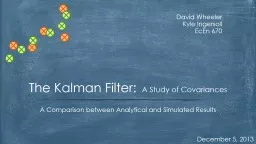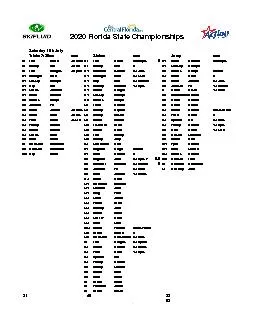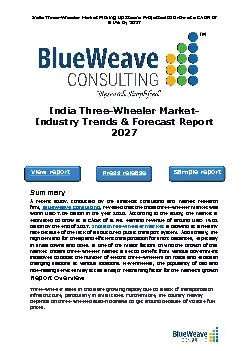PPT-David Wheeler Kyle Ingersoll
Author : myesha-ticknor | Published Date : 2018-09-30
EcEn 670 December 5 2013 A Comparison between Analytical and Simulated Results The Kalman Filter A Study of Covariances Kalman Overview Common Applications 1
Presentation Embed Code
Download Presentation
Download Presentation The PPT/PDF document "David Wheeler Kyle Ingersoll" is the property of its rightful owner. Permission is granted to download and print the materials on this website for personal, non-commercial use only, and to display it on your personal computer provided you do not modify the materials and that you retain all copyright notices contained in the materials. By downloading content from our website, you accept the terms of this agreement.
David Wheeler Kyle Ingersoll: Transcript
Download Rules Of Document
"David Wheeler Kyle Ingersoll"The content belongs to its owner. You may download and print it for personal use, without modification, and keep all copyright notices. By downloading, you agree to these terms.
Related Documents














